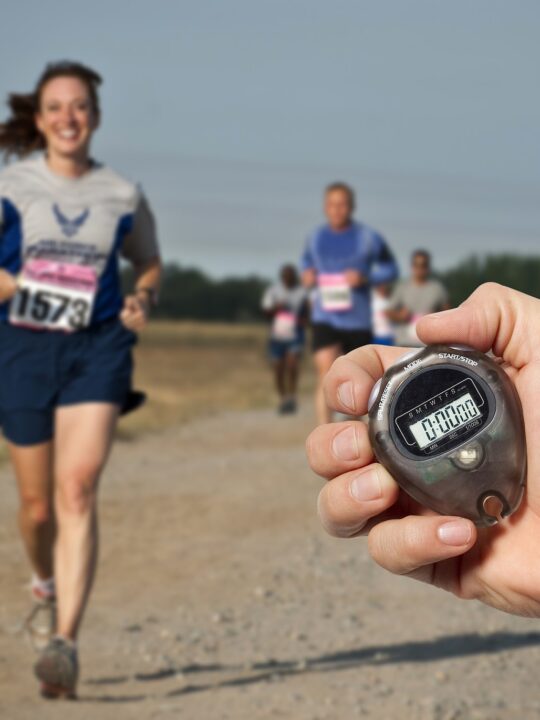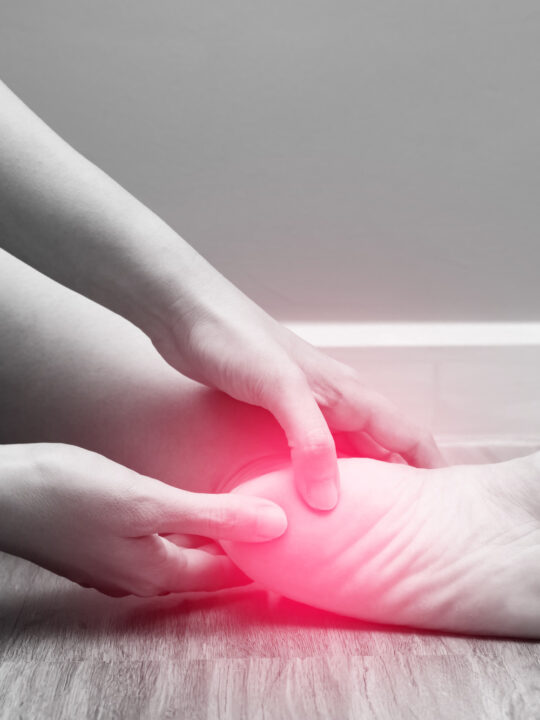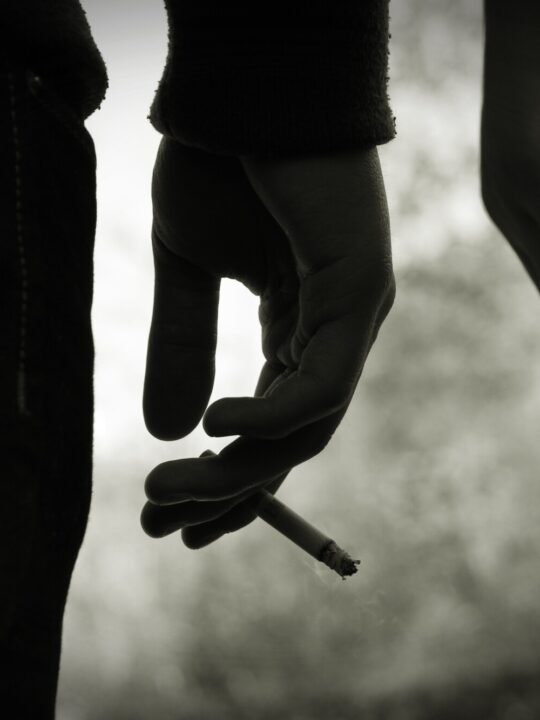 Chances are that all of us at one time or another will be in the presence of someone who is severely injured. Injuries happen everywhere all the time whether it’s a car accident see, a slip-and-fall, a sports or gym injury, someone having a heart attack or stroke, or one of many other accidents or health issues that can occur.
Chances are that all of us at one time or another will be in the presence of someone who is severely injured. Injuries happen everywhere all the time whether it’s a car accident see, a slip-and-fall, a sports or gym injury, someone having a heart attack or stroke, or one of many other accidents or health issues that can occur.
When someone is injured, it is both terrifying and confusing. Even when they are lots of people around, the scene is typically filled with people who have no idea what to do. It usually takes one person to get everyone calm and to start giving orders about how to make sure that the injured person receives treatment. In some cases this treatment is life-saving.
Call 911
The best action to take, is to call 911 and tell the operator exactly what has happened. The operator is professionally trained to handle situations like these, and will direct you through the process that will create the best chance of ensuring that the injured person is okay. The 911 operator will send an ambulance to take the person to one of the nearby emergency rooms and give you directions on how to assist the injured person.
In some cases however, they may not be access to a 911 operator immediately. In these instances, it is important to have a general understanding of what you should do to increase the odds that the injured person will be okay. Here’s a list of some things to understand and to do when you are in the presence of someone who is severely injured or has a medical emergency;
Secure the area
If the person is in the road or another dangerous location make sure that you erect whatever barriers you can around the injured person. If there is any debris that could injure someone else or is too close to the injured person move it out of the way. If there are other people with you have them redirect traffic away from the injured person. If there are any hazard lights that can be placed near the area where the injured person is located, you should do that immediately. In other words create a protective barrier around the injured person. You should also ask crowds to step back so that the person can get enough air.
Examine the injured person
If the person is conscious, legally you must get permission from the person before you can assist. So ask the person is it okay if you do a simple visual examination and a question and answer examination to find out where he or she is injured. If the person tells you yes, you should gently and thoroughly examine the person for injuries. Do not move the person only conduct visual examination. You can also ask the person if they are feeling any pain and if so where, keeping in mind that when a person is in shock there’s a chance that the person might be severely injured and not feel any pain.
Once you have conducted the question and answer it and the visual examination you should have a good indication of where the person is injured. Make a note and be prepared to tell the paramedics who will arrive in the ambulance where the person is injured. This is important because the person may not be conscious when the ambulance arrives. Knowing where the person is hurt is a major help.
If the person is unconscious, Good Samaritan laws allow for a passerby to administer minor treatment on an injured person. This means that you are allowed to give CPR and make an examination of the person to see where he or she is injured. Again your examination should not include moving the person. Moving an injured person can be very dangerous and should only be done under extreme circumstances or by trained medical professionals. If the person requires CPR and you know how to administer it, you should. The most basic CPR, chest compressions can be done by almost anyone. Read up on how to administer them. If CPR is needed, it should continue until the person regains consciousness or until the ambulance arrives.






